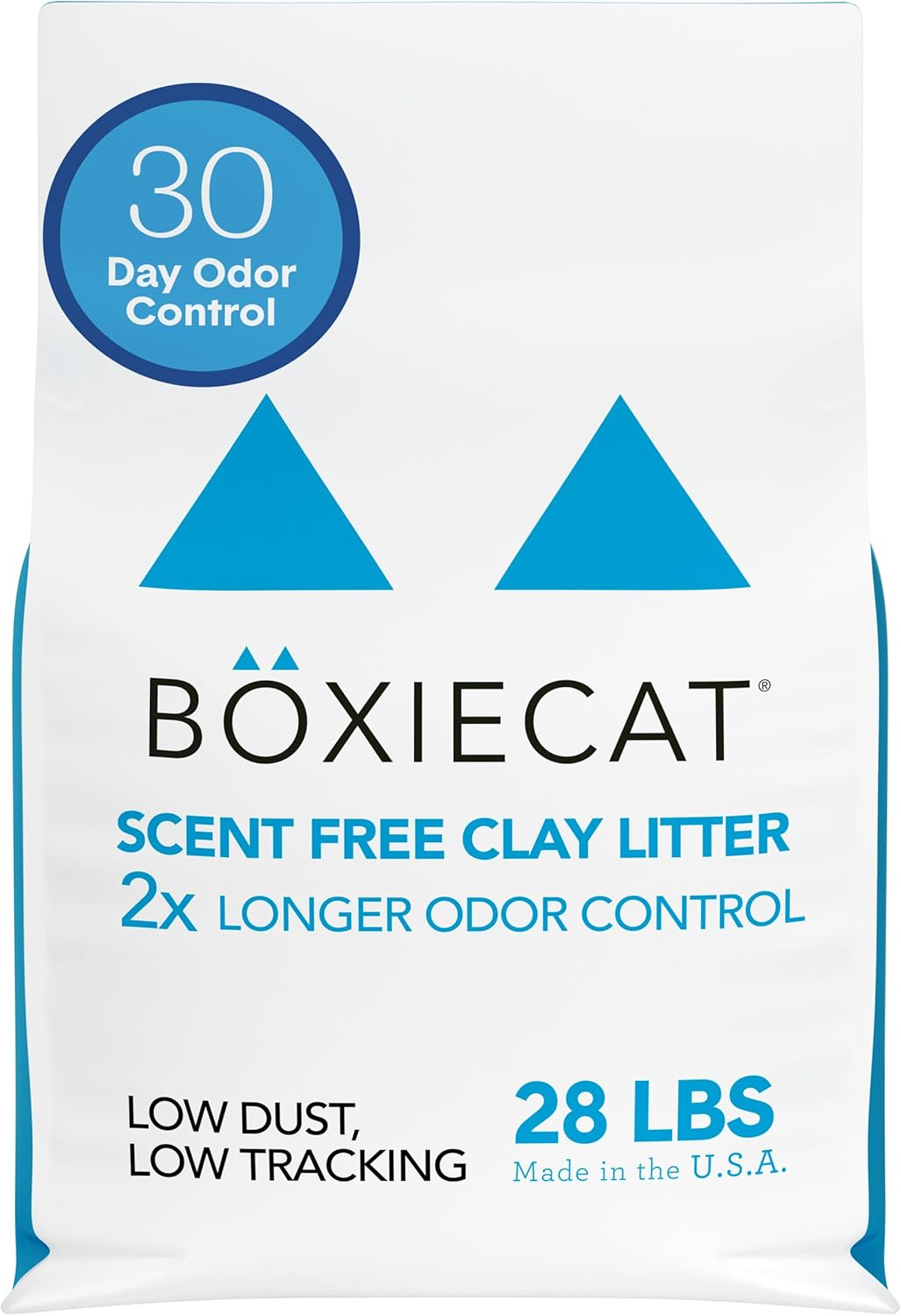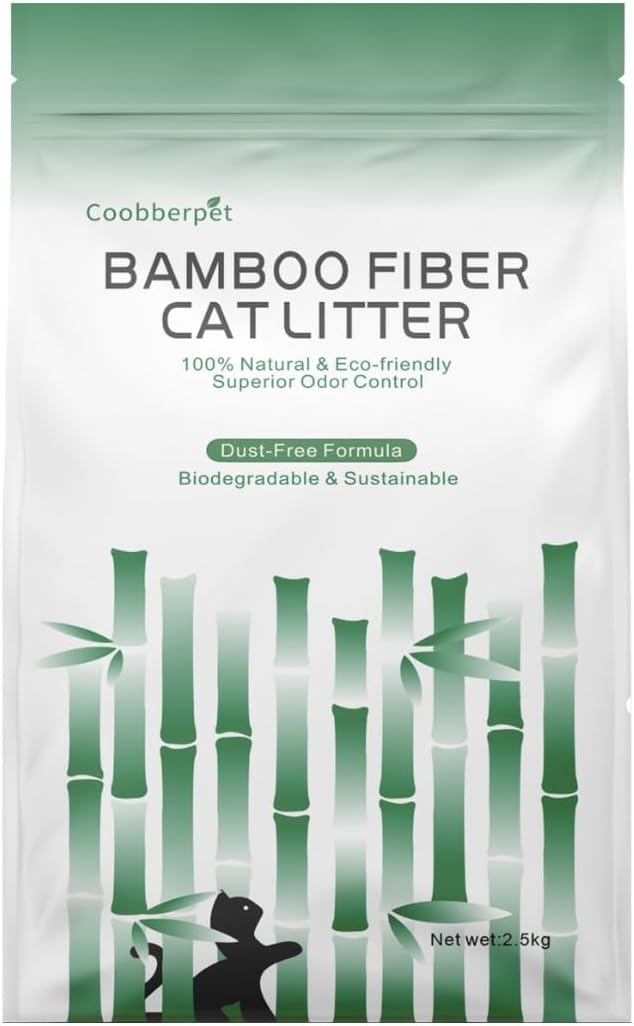1. Clumping vs. Non-Clumping Litter
Clumping litter forms solid clumps when wet, making it easier to scoop and maintain a clean litter box. Non-clumping litter absorbs moisture but doesn’t form clumps, requiring more frequent changes.
2. Odor Control
Some litters contain activated charcoal or baking soda to help absorb odors. If your home is prone to strong smells, choosing a litter with odor-neutralizing properties can make a big difference.
3. Dust and Allergies
If you or your cat have allergies, go for a low-dust formula. Silica gel or pellet-based litters produce less dust than traditional clay litters.
4. Eco-Friendly Options
For a more sustainable choice, consider biodegradable litters made from recycled paper, corn, or wood. These options are safer for the environment and often flushable.

